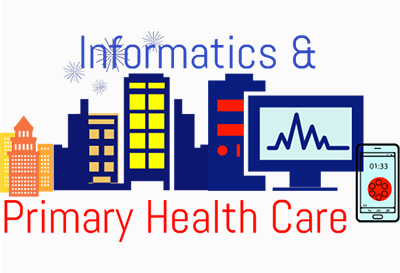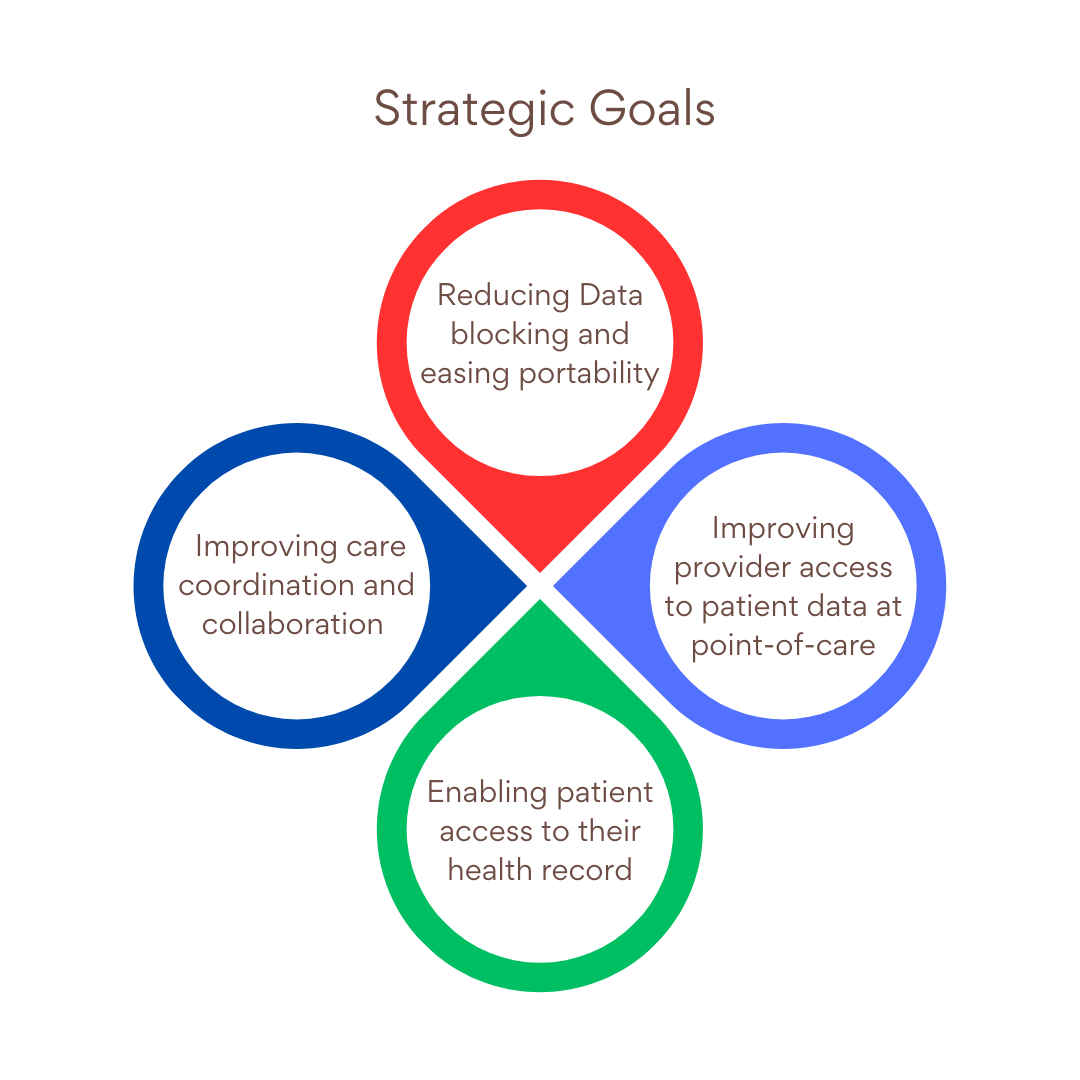by June Kaminski, RN MSN PhD(c)
CJNI Editor in Chief
Introduction

I took away several nuggets of wisdom from this event but probably the most significant was shared by Sheila Tlou, director of the UNAIDS regional support team for eastern and southern Africa. She urged all attendees to really do some soul-searching and to find their niche in the primary health care arena. I echo Sheila’s profound yet simple advice. Nursing is both a collective and an independent journey. We all must shape our own career path – so make it count! Find out what your special talents and preferences are and develop the skills you need to become an expert in your selected area of nursing. Then figure out how these skills can support primary health care in the province you live and practice in.
For instance, my own path includes three distinct areas of focus within my own educationally based practice: informatics, environmental health, and First Nations, Inuit and Metis health. I was fortunate to be selected to share two presentations related to Empowering Canadian Nursing’s Voice in Environmental Health at the Biennium which incorporated informatics related activities to engage and disseminate educational resources and gather educator input, as well as a strong focus on Indigenous wisdom which is the most logical source of sustainability wisdom to promote ecological wholeness in Canada. Since the environment is a critical aspect of primary health care, the message shared in these presentations provided thoughtful encouragement to nurses to become involved, and find their own way to contribute to this movement.
Defining Primary Health Care
“Primary health care (PHC) is a philosophy and approach that is integral to improving the health of all Canadians and the effectiveness of health service delivery in all care settings. PHC focuses on the way services are delivered and puts the people who receive those services at the centre of care. The essential principles of PHC, as set out in the World Health Organization’s Declaration of Alma-Ata, are:
- accessibility
- active public participation
- health promotion and chronic disease prevention and management
- the use of appropriate technology and innovation
- intersectoral cooperation and collaboration.” (CNA, 2015, p. 1).
Informatics and Primary Health Care
Informatics plays a fundamental role in the promotion of primary health care, through a variety of technologies and processes including electronic health records (EHR), telehealth, eHealth, Mobile health and applications (mHealth), and personal health records (PHR). Nurses are just beginning to become involved in using these methods of providing client-centred care to Canadians. There is plenty of room for improvement. Telehealth and mHealth are two areas that are beginning to develop across Canada and provide access and convenient ways for people to connect with health professionals especially in rural, remote but also congested urban areas. Canada Health Infoway and COACH –the Canadian Health Informatics Association encourage all health care professionals to become knowledgeable and competent in the use of all technologies in practice, including EHR, mHealth and telehealth.
Telehealth supports Primary Health care
“Developments in Telehealth in the recent months and years have demonstrated a growth in adoption, a diversification in service delivery and a broadening of access, all pushing the boundaries of traditional healthcare. The cultural and socio-economic factors are progressively aligning to support successful clinical adoption. Technologies for delivery of Telehealth are increasingly well established and diverse, whether in the form of instantaneous interpersonal communications, or as captured information transmitted for later attention. Workflows and models of care incorporating Telehealth are widely developed and successfully demonstrated in numerous rural, remote and urban healthcare settings around the world.” (Gillis, Newsham & Maede, 2015, p. 5).
National and provincial nursing organizations such as the Canadian Nurses Association (CNA) and the College of Registered Nurses of British Columbia (CRNBC) recognize the importance of telehealth and the strong role that nurses can assume in the delivery. “Nurses in all practice settings can use telehealth to deliver care, provide education, monitor client progress, access client records, obtain information, and foster communication and collaboration among themselves, their colleagues and their clients. Clients and health care providers in all communities benefit from the increased accessibility that telehealth offers. Telehealth can replace or complement some components of face-to-face health care.” (CRNBC, 2011, p. 1).
Client-centered care and strong healthcare provider-client partnerships are the heart of the evolving Canadian primary health care system. Experts agree that telehealth is a major step forward in realizing these two aspects of care. “In terms of health education, Telehealth also continues to provide the very positive benefit of patients becoming engaged and more active participants in their own care and well-being, including receiving knowledge and information aimed at fostering their health and wellness in the comfort, convenience, and safety of their own homes and communities” (COACH, 2015, p. 9). Clients are not just partners in their own care, but are helping to shape the demand for newer and better technologies that will help them achieve optimal health and well-being.
“The digital revolution that has put sophisticated tools in the hands of the average person has created a new type of healthcare consumer. This new consumer is technology enabled (although not necessarily tech savvy), more health conscious and empowered to participate fully in his/her own health management – from disease prevention to medical care. This new consumer will drive demand for an ever-expanding menu of telehealth offerings. This includes information and education on disease prevention, self-monitoring and health coaching tools, communication with healthcare providers and a host of chronic disease management and acute-care tools. The consumerization of technology has coincided with a consumerization of healthcare to produce an explosion of possibilities in the telehealth market. Powering this change will be mobility, analytics, cloud and social media capabilities.” (Prabhu, 2014, p. 2).
Since nurses are the health care providers who spend the most time with clients both in hospital and in the community, it makes sense that nurses should play a central role in telehealth success. A strong component of nursing practice centres on health promotion and prevention strategies. Many health professionals, including nurses, are using telehealth to support these strategies. “Telehealth is still about transmitting voice, data, images, and information rather than physically moving patients or health practitioners and educators, thereby improving access, timeliness, productivity, quality, convenience, and reducing travel costs. But it also has the added benefit, as with so many other technologies outside the health and healthcare space, that its clients (i.e. patients, families, and others) can much more easily become active, informed participants in their own wellbeing, aware of and able to access online information as well as educational programs aimed at fostering wellness in the comfort, convenience and safety of their own homes and communities” (COACH, 2015, p. 15).
The Significance of mHealth
Almost every report and market analysis supports the finding that mHealth is becoming a force to be reckoned with. This wave is unique from other types of health information technology, since the impetus is largely consumer driven. “Innovations in mobile health (mHealth) technology offer applications to promote wellness management and health behavior change outside of formal clinical settings. Nurses can help to move mHealth into mainstream health care by understanding its potential to change the landscape of health intervention delivery, incorporating mHealth into patients’ day to day preventive care strategies, and supporting the science of mHealth’s effectiveness” (Samples, Ni and Shaw, 2014, p. 330). Many experts support the notion that mobile health is beginning to define the future of healthcare, and can be a strong tool for primary health care advancement.
A key factor in the swift evolution of mHealth is the astounding availability of devices – people all around the globe have access to some sort of mobile device. In fact, in some countries, mobile devices are more readily available (and used) than any other technology, including computers. Since so many people already have mobile devices and know how to use them for day to day activities, the demand for and ability to easily use mHealth apps on these devices are growing exponentially. Wearable digital sensors attached to these mobile devices open up even more ways to monitor real time personal health indicators effortlessly. As well, people can enter personal data manually into many mHealth apps to keep track of their food intake, habits, workout repetitions, hours of sleep, and so on. These readily available devices and apps open up a never before known ability to access day to day health and wellness related data and information. With more research, we can ensure that mHealth strategies are applied using evidenced-informed app design and monitoring. Nurses can be key players in this research and in supporting clients to use mobile devices in the safest and most integrated ways.
Conclusion
Telehealth and mHealth are just two areas of informatics that are critical to effective primary health care in the 21st century. I encourage all nurses to become familiar with both, and to also explore other areas where the use of technology can support primary health care. Nurses have the most visible presence in the health care system by sheer volume, yet this visibility is often hidden. It is time that nurses take their rightful place in the primary health care arena and I recommend they develop and apply informatics skills and knowledge to do this. We CAN make all the difference!!
References
Canadian Health Informatics Association (COACH). (2015). 2015 Canadian Telehealth Report. Prepared by the Canadian Telehealth Forum. Toronto: Author. Retrieved from https://ams.coachorg.com/inventory/PurchaseDetails.aspx?Id=cbfff94e- 365d-48b4-a8fa-4040b4ab2356
Canadian Nurses Association (CNA). (2016). Nurses: Driving the Shift to Primary Health Care Convention brochure. CNA: Ottawa.
Canadian Nurses Association (CNA). (2015). Primary health care: Position statement. Version 2. Retrieved from https://www.cna-aiic.ca/~/media/cna/page-content/pdf-en/primary-health-care-position-statement.pdf?la=en
College of Registered Nurses of British Columbia (CRNBC). (2011). Practice Standards for Registered Nurses and Nurse Practitioners: Telehealth. Retrieved from https://www.crnbc.ca/Standards/PracticeStandards/Lists/GeneralResources/415TelehealthPracStd.pdf
Gillis, G., Newsham, D. & Maede, A. (Eds.) (2015). Global Telehealth 2015: Integrating Technology and Information for Better Healthcare. Studies in Health Technology and Informatics Series, 209. Toronto: COACH. Retrieved from http://ebooks.iospress.nl/volume/global-telehealth-2015-integrating-technology-and-information-for-better-healthcare
Prabhu, S. (2014). Digital technologies are driving a new generation of telehealth. Toronto: Dell, Inc. Retrieved from http://i.dell.com/sites/doccontent/business/solutions/whitepapers/en/Documents/D391_Telehealth_Whitepaper.pdf
Samples, C., Ni, Z. & Shaw, R. (2014). Nursing and mHealth. International Journal of Nursing Sciences,1, 330-333. doi:10.1016/j.ijnss.2014.08.002
CLOCK PHOTO: June Kaminski
Originally published in Canadian Journal of Nursing Informatics, Spring 2016, Vol 11 No 2



